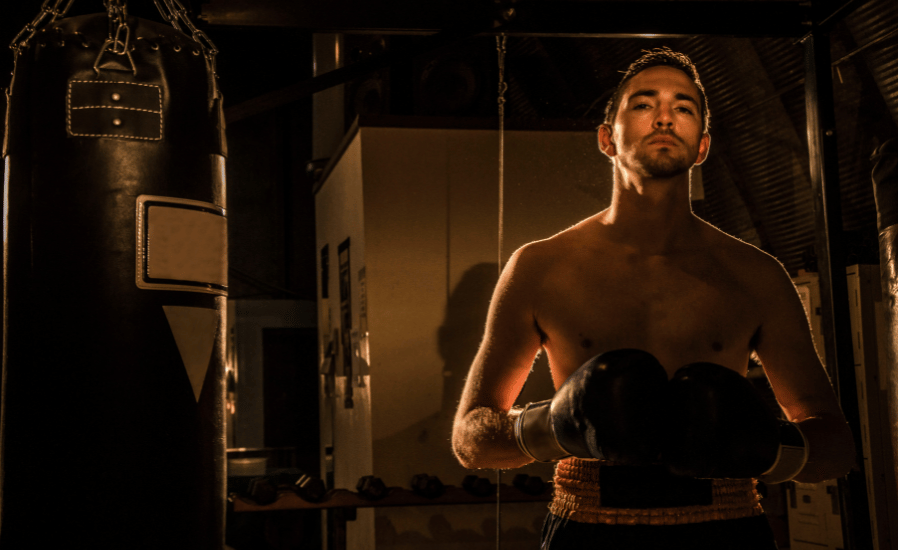How Is Boxing Reach Measured? - All You Need To Know
Reach is a critical factor in boxing that can significantly impact a fighter’s strategy, performance, and style.
Simply put, reach refers to the distance between a fighter’s outstretched arms and their opponent.
It plays a vital role in determining the range at which a fighter can attack or defend and can affect their ability to land punches and avoid getting hit.
In this article, we will explore the importance of reach in boxing, how it is measured, strategies for dealing with reach disadvantages, and how reach can influence fighting styles:
- The Importance of Reach in Boxing
- Notable Fighters with Reach Advantages
- Measuring Reach in Boxing
- Strategies for Dealing with Reach Disadvantages
- Reach and Fighting Styles
The Importance of Reach in Boxing

Reach is a crucial factor in boxing that can give a fighter a significant advantage over their opponent.
A fighter with a longer reach has a greater ability to keep their opponent at bay, land punches from a distance, and avoid getting hit.
This advantage can also help dictate the pace of the fight, with a fighter using their reach to control the distance between themselves and their opponent.
Notable Fighters with Reach Advantages
Some notable fighters with significant reach advantages include Muhammad Ali, Sonny Liston, and Wladimir Klitschko.
These fighters used their reach to control the pace of the fight, keep their opponents at a distance, and land punches from a safe distance.
Measuring Reach in Boxing
Reach is measured by the distance between the boxer’s armpit and the end of their outstretched fist.
It is important to note that there are several different types of reach measurements, including arm reach, wingspan, and total reach.
Arm reach refers to the distance from the boxer’s armpit to the end of their fist, while wingspan measures the distance between the tips of the boxer’s outstretched fingers.
Total reach is a combination of arm reach and wingspan.
Strategies for Dealing with Reach Disadvantages
A fighter with a reach disadvantage can use several strategies to overcome their opponent’s reach advantage. One strategy is to use footwork to close the distance between themselves and their opponent, making it harder for their opponent to use their reach effectively.
Another strategy is to use feints and head movement to create openings for punches while avoiding getting hit.
Counterpunching is another effective strategy for fighters with a reach disadvantage.
By waiting for their opponent to throw a punch, a fighter can then use their opponent’s momentum to counter with a punch of their own.
This strategy can be particularly effective if the fighter with the reach disadvantage is skilled at slipping punches.
Reach and Fighting Styles
A fighter’s reach can significantly influence their fighting style.
A fighter with a significant reach advantage may prefer to keep their opponent at bay, using their reach to land punches from a distance.
On the other hand, a fighter with a reach disadvantage may prefer to fight on the inside, using their speed and agility to work their way inside their opponent’s reach.
Ready to get started?
Learn all about boxing at Jonathan Chicas Boxing School. Reach out today or book one of our classes based in San Francisco.
